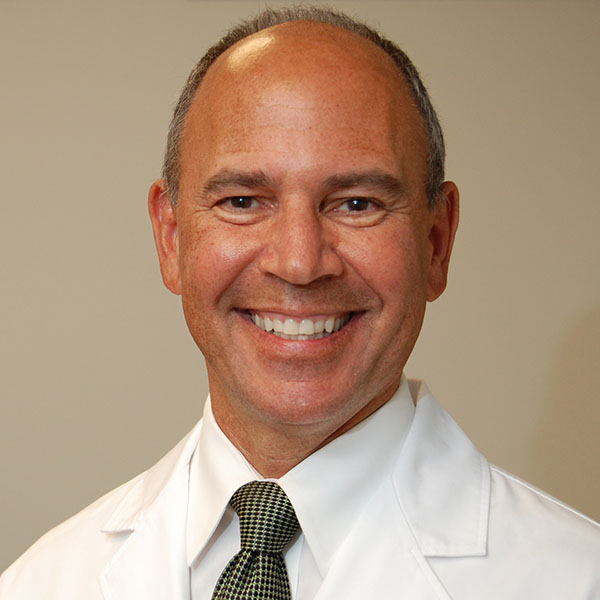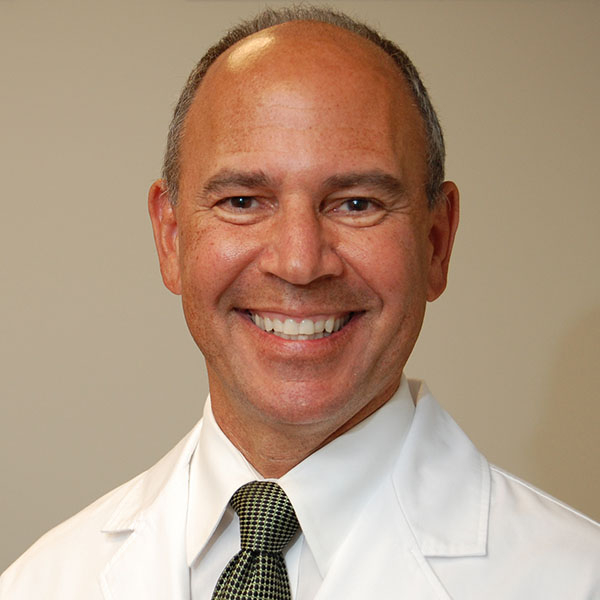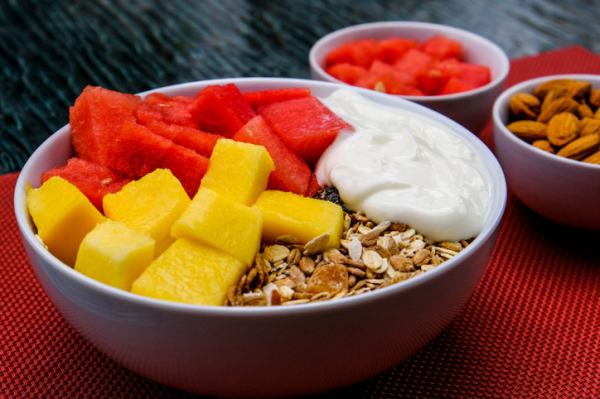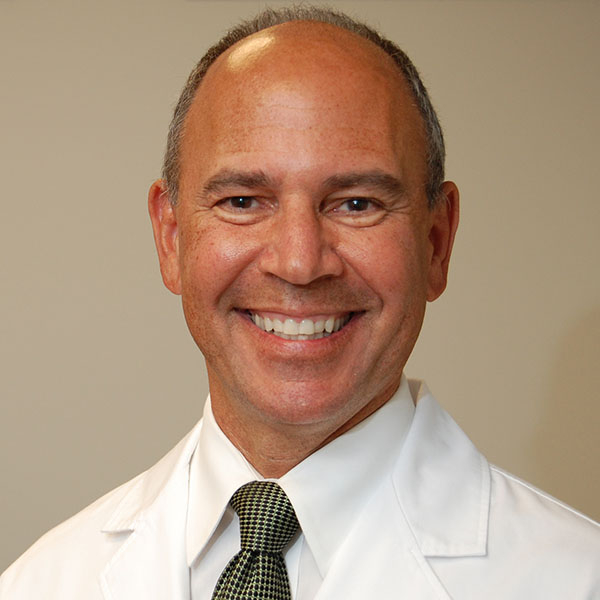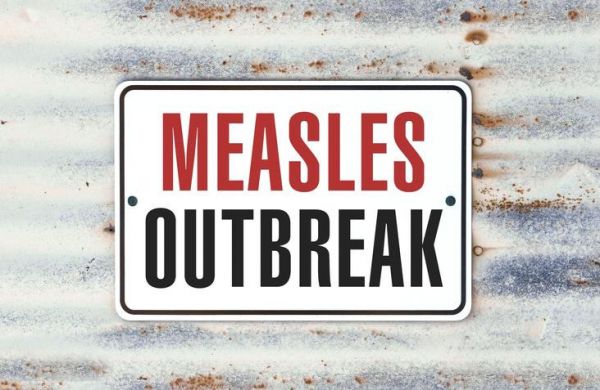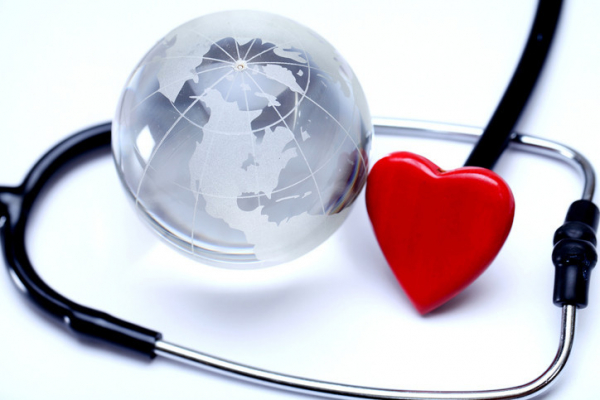
It’s fairly common for a medical treatment to cause side effects: think headache, upset stomach, sleepiness, and occasionally more severe side effects. Far more rarely, a side effect provides an unexpected benefit. This might be the case for the shingles vaccine.
Shingles is a painful, blistering skin rash caused by the varicella zoster virus responsible for chickenpox. The virus lies dormant in nerve tissue and can reactivate to cause shingles in anyone who has had chickenpox in the past. A vaccine to prevent shingles is recommended for adults ages 50 and older, and for people 19 and older who have an impaired immune system.
While we know the shingles vaccine is effective at preventing shingles, evidence is mounting that it might also reduce the risk of dementia. Yes, a vaccination to prevent shingles may lessen your risk of dementia.
Dementia is on the rise
Dementia is a devastating condition for those affected and their families. Currently, an estimated nine million people in the US have dementia. The number is expected to double by 2060, primarily because of the aging population. In most cases, no highly effective treatments are available. An effective preventive measure could have an enormous impact, especially if it’s safe, inexpensive, and already available.
Can shingles vaccination prevent dementia?
Some (though not all) studies have found that having shingles increases your risk of dementia in the future. And that’s led researchers to explore the possibility that preventing shingles through vaccination might reduce dementia risk.
Several studies suggest this is true. For example:
- A study of more than 300,000 adults found that among those 70 and older, dementia was less common among those who had received shingles vaccination than among those who did not.
- A study of more than 200,000 older adults compared rates of dementia between those receiving a newer (recombinant) shingles vaccine and those who had an older (live) vaccine that is no longer approved in the US. Researchers found that the risk of dementia was lower six years after receiving either vaccine. But the effect was larger for the newer vaccine: those given the recombinant vaccine spent more time living dementia-free (164 days longer) compared with those given the older vaccine.
What is a natural experiment?
Perhaps the best evidence suggesting that shingles vaccination prevents dementia comes from a natural experiment recently published in the journal Nature.
A natural experiment takes advantage of real-world circumstances by dividing people into an exposed group and an unexposed group and then comparing specific outcomes.
- Examples of exposures might be an illness (like the COVID pandemic), a policy (like a smoking ban in one state), or a vaccination (like the shingles vaccine).
- Outcomes might include virtual versus in-person learning during the pandemic, smoking-related illnesses in a state with a smoking ban compared to a state without that ban, or dementia rates among people who did or didn’t receive a vaccine.
Natural experiment studies bypass the challenges of having to recruit hundreds or thousands of study subjects who might differ from one another in important ways, or who might alter their behavior because they know they’re in a study. The results can be even more valuable than — and as credible as — standard randomized trials.
What did this natural experiment study look at?
In 2013, Wales made the shingles vaccination available to individuals based on their date of birth: anyone born after September 2, 1933, was eligible, while anyone born before that date was not. Researchers took this opportunity to analyze health records of nearly 300,000 people: half were two weeks older than the cutoff date and half were two weeks younger. The study looked at whether people developed dementia over a seven-year period.
Researchers found that compared to those who didn’t get the shingles vaccination, those who received it
- developed shingles less often
- were 3.5% less likely to develop dementia over seven years (a 20% reduction)
- were more likely to be protected from dementia if female.
A study of this type cannot prove that shingles vaccination prevents dementia. But along with the studies cited above, there’s a strong suggestion that it does. We’ll need additional studies to confirm the benefit. We also want to understand other details of the vaccine’s effect, such as whether protection applies more to some types of dementia (such as Alzheimer’s disease) than others, and whether the effect of vaccination changes over time.
Why might the shingles vaccine prevent dementia?
With any unexpected finding in science, it’s a good idea to ask whether there is a reasonable explanation behind it. Scientists call this biologic plausibility. In general, the more plausible a result is, the more likely it is to hold up in later research.
In this case, several lines of reasoning explain how a shingles vaccine might reduce the risk of dementia, including:
- Reduced inflammation: Preventing shingles may prevent harmful inflammation in the body, especially in the nervous system.
- Impact on immune function: Vaccination might alter immune function in a way that protects against dementia.
- Reducing stroke risk: Some evidence shows that shingles may increase the risk of stroke. A stroke can contribute to or cause dementia, so perhaps vaccination leads to less dementia by reducing shingles-related strokes.
The observation that women had more protection from dementia than men after shingles vaccination is unexplained. It’s possible that the immune response to vaccination is different in women, or that dementia develops differently in women compared with men.
The bottom line
All of us can take steps to lower dementia risk, mostly through healthy behaviors such as being active regularly and choosing a healthy diet. Evidence is mounting that shingles vaccination should be added to the list. It’s a story worth following. Future studies of the shingles vaccine could even provide insights into how dementia develops, and how to better prevent and treat it.
Until then, get your shingles vaccination if you’re eligible for it. It can prevent painful episodes of shingles — and may do much more.
About the Author

Robert H. Shmerling, MD, Senior Faculty Editor, Harvard Health Publishing; Editorial Advisory Board Member, Harvard Health Publishing
Dr. Robert H. Shmerling is the former clinical chief of the division of rheumatology at Beth Israel Deaconess Medical Center (BIDMC), and is a current member of the corresponding faculty in medicine at Harvard Medical School. … See Full Bio View all posts by Robert H. Shmerling, MD Share




